As children develop a curiosity about animals, many parents consider introducing pets that align with their family lifestyle and living situation. Lizards have become increasingly popular pet choices, offering a fascinating window into the reptile world without the demands of daily walks or constant attention. However, for parents considering a lizard companion for their child, safety concerns naturally arise. Are these scaly creatures genuinely safe for children to handle and care for? This comprehensive guide explores everything parents need to know about lizard safety, potential health concerns, and whether these reptiles make appropriate pets for families with children.
Understanding Lizards as Pets
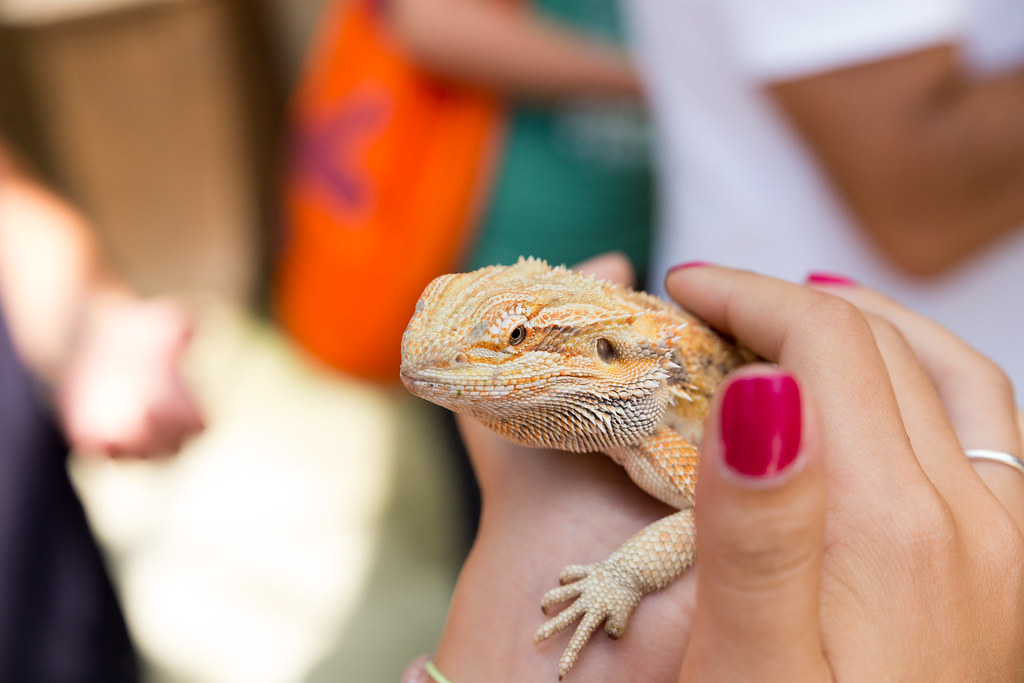
Lizards comprise over 6,000 species, ranging from tiny geckos to massive monitor lizards, though only a small fraction are suitable as pets. The most common pet lizards include bearded dragons, leopard geckos, crested geckos, and blue-tongued skinks, each with distinct care requirements and temperaments. Unlike traditional pets like cats and dogs, lizards are primarily observational pets rather than cuddly companions. They require specialized environments with precise temperature gradients, specific humidity levels, and UVB lighting to simulate their natural habitats. Understanding these fundamental differences is crucial before introducing a lizard into a household with children, as they provide a different type of pet experience focused more on learning and observation than physical affection.
Age-Appropriate Lizard Interactions
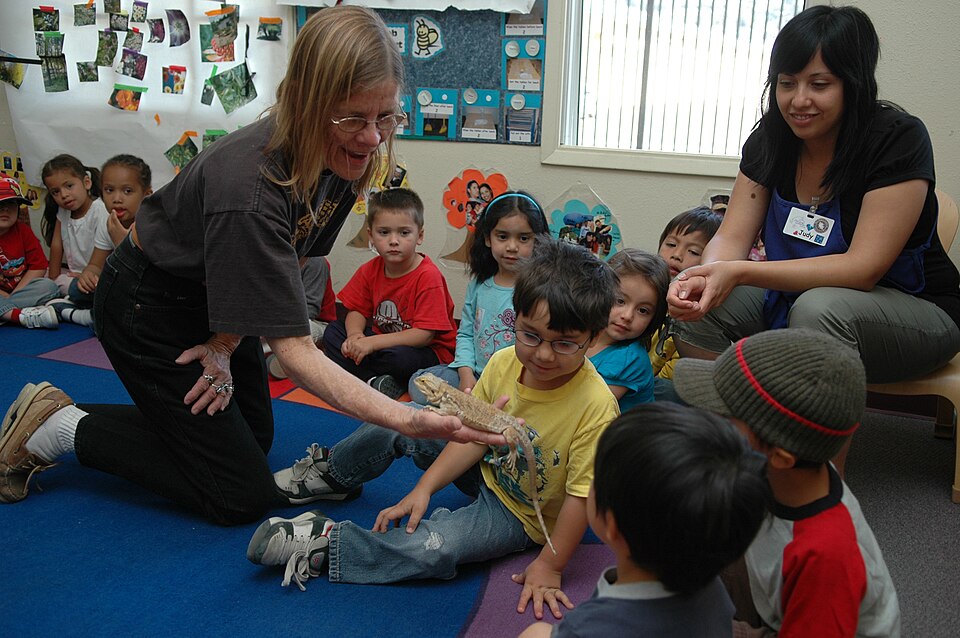
The appropriate age for a child to interact with a lizard depends on the child’s maturity level and the specific lizard species. Generally, children under six years old should only handle lizards with direct adult supervision, as they may unintentionally harm the animal or be too rough. Children between ages 7-12 can take on more responsibility but still need regular adult oversight, especially during feeding and cleaning. Teenagers can potentially manage most aspects of lizard care independently, though parents should remain involved. Before allowing any interaction, parents should assess their child’s ability to follow instructions, remain calm around animals, and demonstrate gentle handling techniques. Remember that some lizard species are more docile and tolerant of handling than others, making them better choices for families with younger children.
Health Concerns: Salmonella Risk
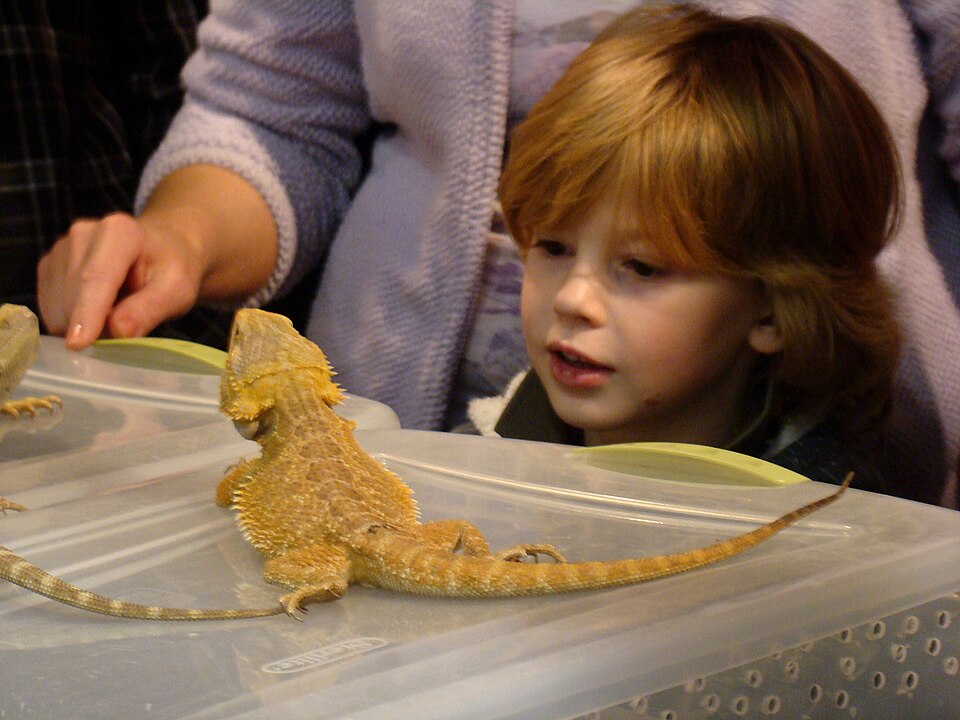
The most significant health concern associated with reptiles, including lizards, is salmonellosis. Approximately 74,000 cases of Salmonella infections in the United States annually are linked to reptile and amphibian contact. Salmonella bacteria naturally occur in the digestive tracts of many reptiles, and these bacteria can be present in their feces, on their bodies, and throughout their habitats. Even healthy-appearing lizards can carry and shed the bacteria. For children, especially those under five years old, pregnant women, elderly individuals, and people with compromised immune systems, Salmonella infections can be particularly dangerous, potentially requiring hospitalization. This risk doesn’t necessarily mean lizards can’t be family pets, but it does require implementing strict hygiene protocols and appropriate supervision.
Safety Precautions for Salmonella Prevention
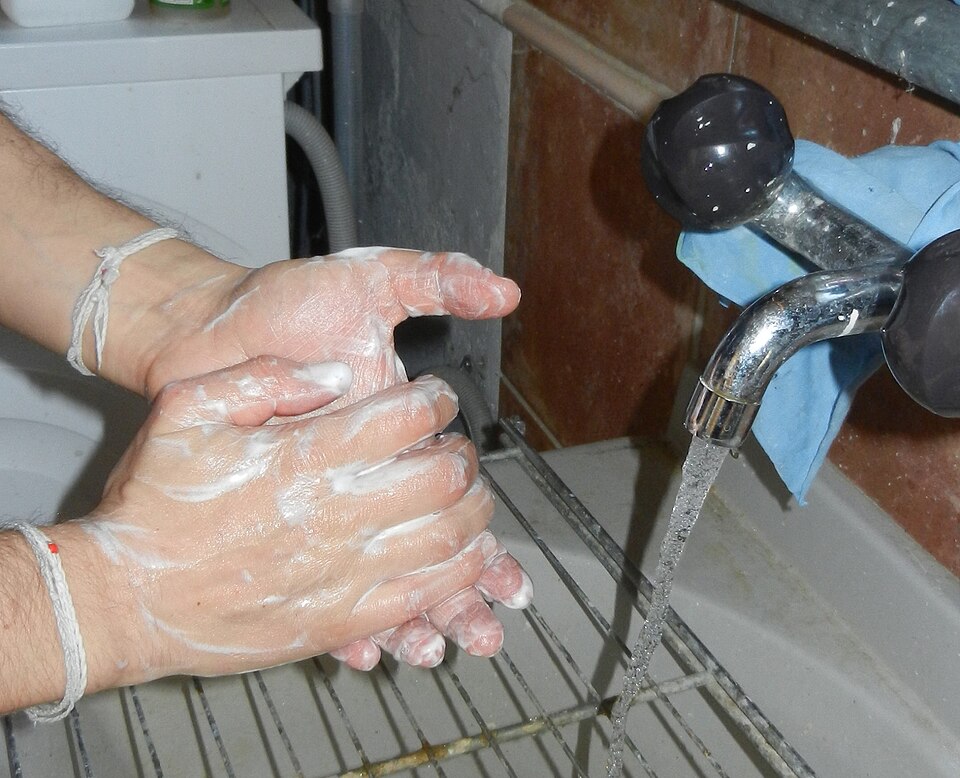
To minimize Salmonella risks, families must adhere to specific hygiene practices when keeping lizards. Always wash hands thoroughly with soap and warm water immediately after handling the lizard, its accessories, or anything from its enclosure—including after habitat cleaning. Designate specific cleaning supplies exclusively for the lizard’s habitat that aren’t used elsewhere in the house. Never allow the lizard to roam freely in areas where food is prepared or consumed, and don’t kiss or hold the lizard near your face. Consider keeping hand sanitizer near the enclosure for immediate use after contact. For families with very young children, pregnant women, or immunocompromised individuals, you might need to reconsider lizard ownership or implement extra precautions to ensure everyone’s safety.
Physical Safety Considerations
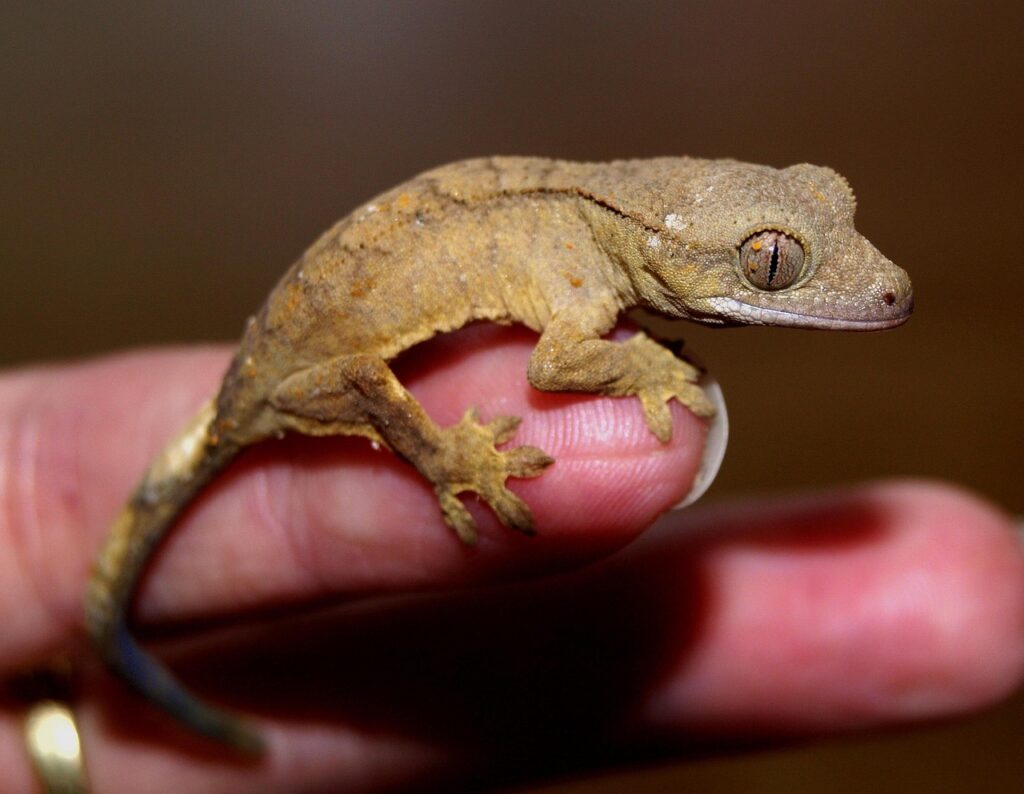
Beyond disease concerns, physical safety aspects must be considered when introducing lizards to children. Some larger lizard species can deliver painful bites or scratches when stressed or improperly handled. Species like bearded dragons have sharp claws that can accidentally scratch skin, while some geckos have delicate tails that can detach (autotomy) if grabbed incorrectly—a defensive mechanism that’s stressful for the animal. Smaller lizard species may be fragile and easily injured if dropped or squeezed too tightly. Children must be taught proper handling techniques specific to each lizard species, including supporting the animal’s body correctly and recognizing signs of stress. For instance, many lizards display darkening colors, puffing up, or mouth-gaping when feeling threatened—signals that children should learn to identify.
Choosing Child-Friendly Lizard Species
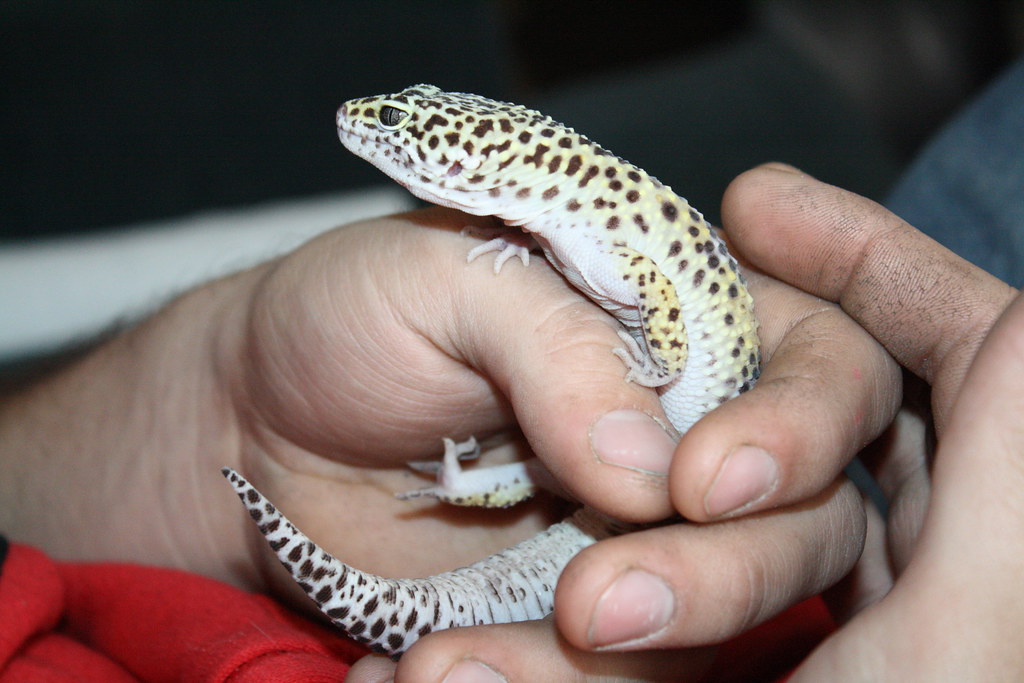
Some lizard species are considerably more suitable for families with children than others. Bearded dragons often top the list of child-friendly reptiles due to their generally docile nature, reasonable size, and tolerance for gentle handling when properly socialized. Leopard geckos are another popular choice, being relatively small, handleable, and less demanding in terms of habitat requirements. Blue-tongued skinks, though larger, are known for their calm temperaments and hardiness, making them good candidates for families. Species to avoid with young children include green iguanas (which can grow over 6 feet long and become aggressive), chameleons (which generally dislike handling and have specialized care needs), and any venomous species like Gila monsters. Research each potential species thoroughly, considering adult size, temperament, handling tolerance, and specific care requirements before making a selection.
Habitat Safety and Placement
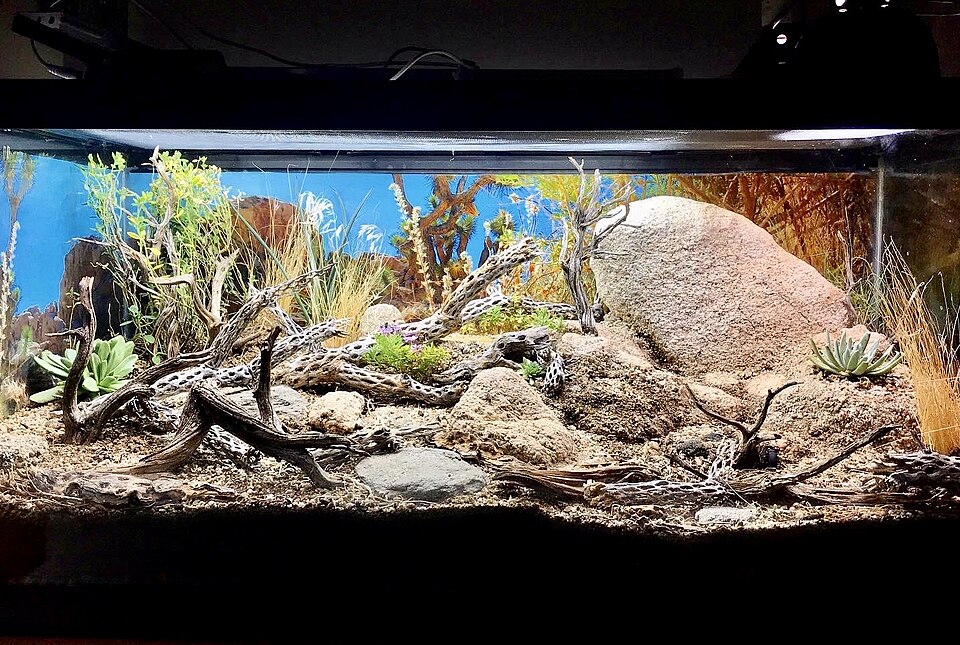
The placement and security of a lizard’s enclosure directly impact both the animal’s and children’s safety. Position the habitat in a location that’s visible but not easily accessible to unsupervised young children, preferably at an adult’s eye level rather than on the floor. Ensure the enclosure has secure locks or latches that cannot be easily opened by curious little hands. The habitat should be stable and placed on sturdy furniture that cannot be tipped over. Keep the enclosure away from high-traffic areas that might stress the lizard, but still within regular view for monitoring. Temperature control elements like heat lamps, ceramic heaters, and heating pads should be properly secured and ideally placed where children cannot touch them to prevent burns. Regularly inspect the habitat for any potential hazards such as loose wires, unstable decorations, or accessible small items that could be choking hazards if removed from the enclosure.
Educational Value for Children
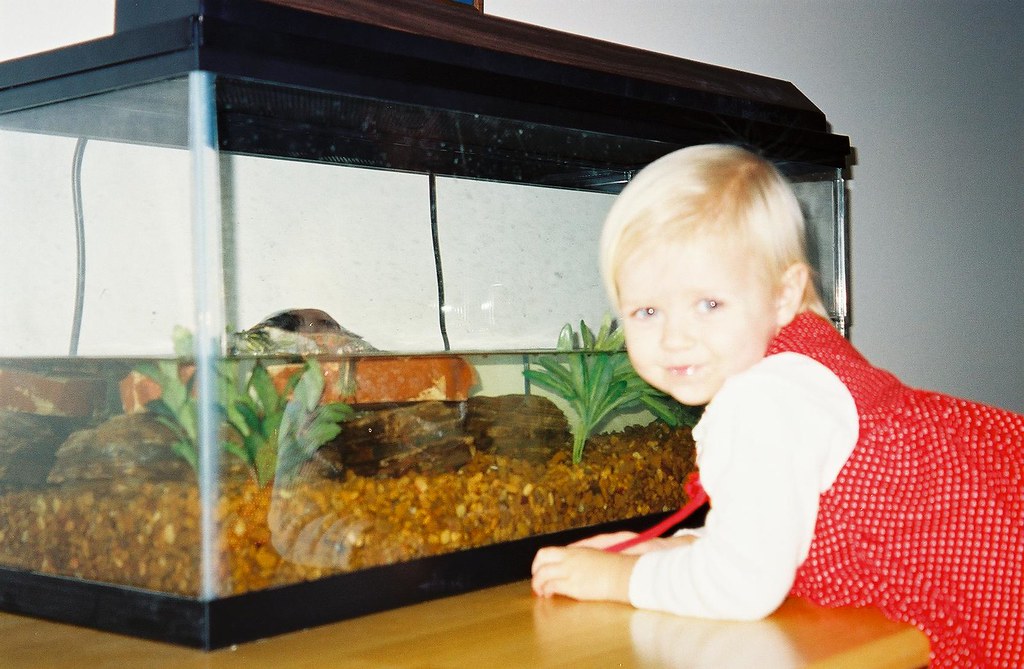
Despite the precautions needed, lizards offer remarkable educational opportunities for children when introduced appropriately. Caring for these reptiles teaches children about biology, ecology, and the diversity of animal adaptations in an engaging, hands-on manner. Children learn responsibility by maintaining proper habitat conditions and feeding schedules. They develop empathy by recognizing and responding to their pet’s needs, even when those needs differ significantly from human or mammalian pets. Observing behaviors like shedding, thermoregulation, hunting, and other natural activities provides living science lessons at home. Many families report that lizard ownership has sparked deeper interest in wildlife conservation, evolution, and environmental science among their children. Teachers often note that children who keep reptiles develop specific vocabulary and knowledge that enhances their participation in science classes.
Allergic Reactions and Sensitivities
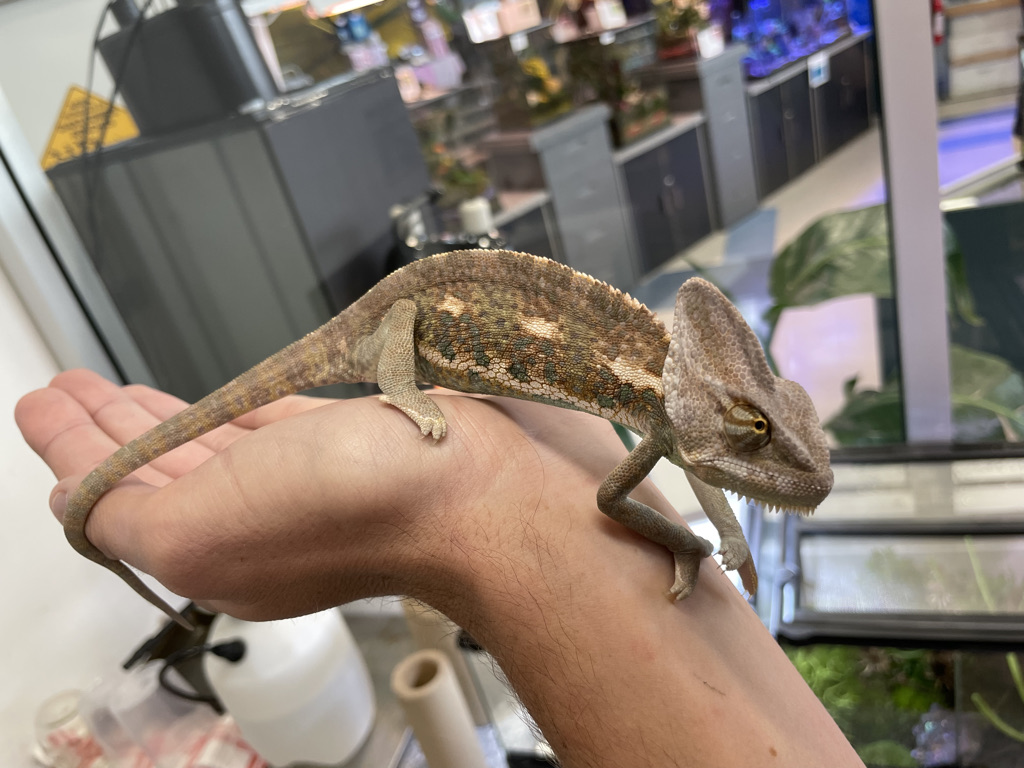
While less common than allergies to furry pets, some children may experience allergic reactions to lizards or their habitat components. These reactions typically stem not from the lizard itself but from proteins in their saliva, skin particles, or materials in their enclosure like substrate, insects used as food, or cleaning products. Symptoms might include skin rashes after handling, respiratory issues like wheezing or coughing near the enclosure, or eye irritation. Children with existing asthma or allergies should have supervised initial interactions with lizards to monitor for any adverse reactions. If allergic symptoms develop, consult with an allergist to determine the specific trigger and whether it can be mitigated. In some cases, changing substrate materials, implementing air purifiers near the enclosure, or having the child wear gloves during handling may resolve minor sensitivities while still allowing lizard ownership.
Financial and Time Commitment
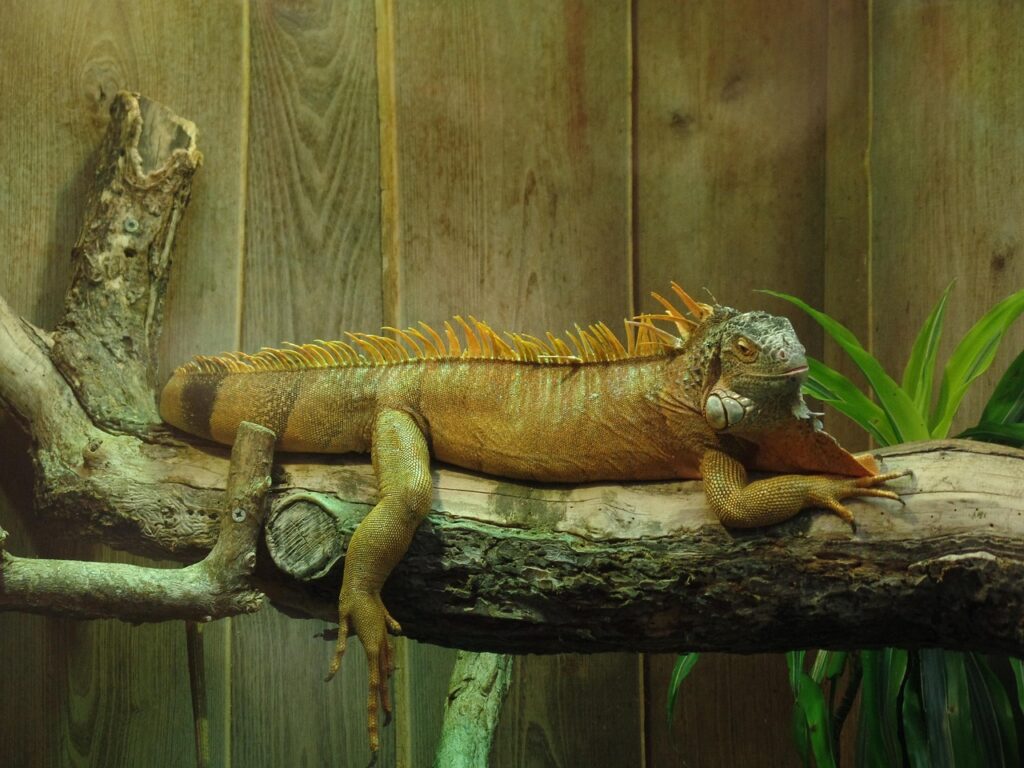
The financial and time requirements of lizard ownership are important safety considerations that directly impact animal welfare and, consequently, family experiences. Proper lizard care requires significant initial investment in appropriate-sized enclosures, lighting systems, heating elements, thermostats, humidity controllers, and habitat furnishings—costs that often surprise unprepared families. Ongoing expenses include electricity for heating and lighting, regular veterinary check-ups with exotic pet specialists, food (including live insects for many species), and substrate replacements. Time commitments include daily feeding, regular habitat cleaning, health monitoring, and socialization. When families underestimate these requirements, lizards may receive substandard care, leading to health problems, stress behaviors, or shortened lifespans. Children may become frightened by an unhealthy lizard’s appearance or behaviors, or disappointed when promised interaction time is limited due to the animal’s poor condition.
Teaching Proper Handling Techniques
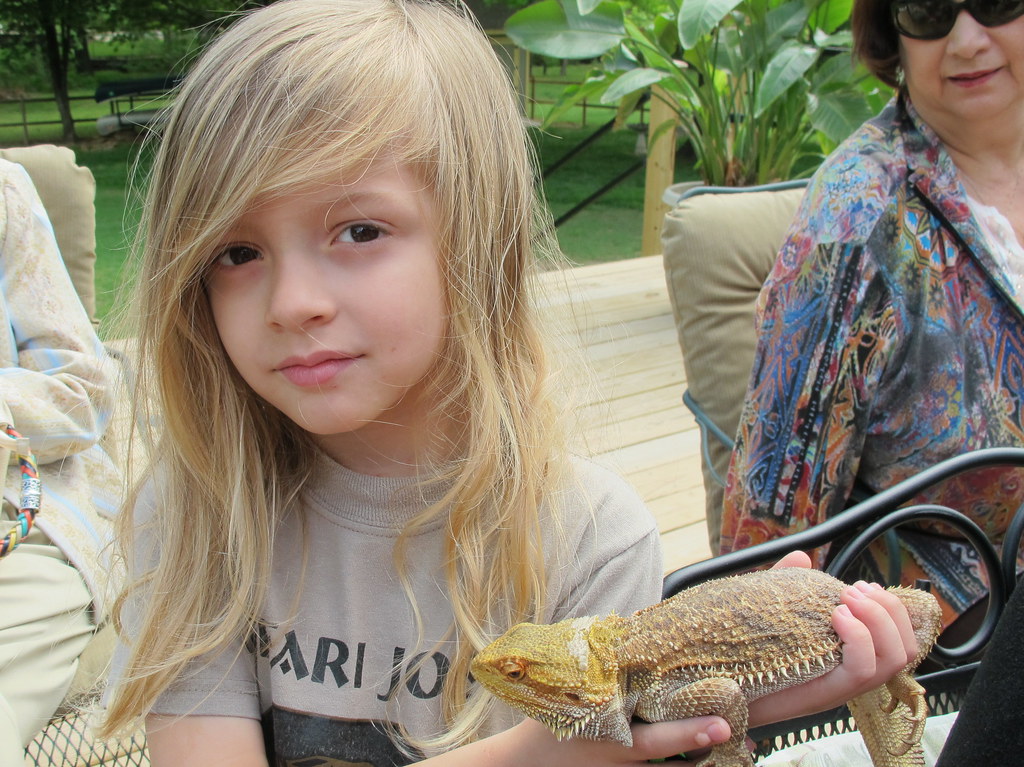
Educating children about correct lizard handling is fundamental to both the child’s and lizard’s safety and well-being. Before any handling occurs, children should observe adults demonstrating proper techniques multiple times. Teach children to wash their hands before handling to protect the lizard from potential harmful substances on their skin. Most lizards should be approached calmly from the side or front where they can see the movement, rather than from above, which mimics predator approaches. Show children how to scoop up the lizard gently, supporting its entire body, particularly the legs and tail. Explain that quick movements, loud noises, or squeezing can frighten the lizard and trigger defensive behaviors. Establish time limits for handling sessions—typically 5-15 minutes depending on the species and individual temperament—to prevent stress to the animal. Create a routine where the child sits on the floor during handling sessions to minimize injury risk if the lizard should jump or fall.
Legal Considerations and Regulations

Before bringing a lizard into your home, understanding the legal landscape surrounding reptile ownership is crucial for responsible pet keeping. Many states, counties, and municipalities have specific regulations regarding which lizard species can be legally kept as pets. Some locations require permits for certain species, while others prohibit reptile ownership entirely in specific housing situations like apartments or condominiums. Invasive species concerns have led to strict regulations in states like Florida, where non-native species have established wild populations and damaged ecosystems. Additionally, the Convention on International Trade in Endangered Species (CITES) regulates the trade of many lizard species, making some illegal to own without proper documentation. Research local laws thoroughly and only purchase lizards from reputable breeders or pet stores that can provide appropriate documentation proving the animal was legally sourced and sold.
Creating a Family Lizard Care Plan

Developing a structured care plan with clearly defined responsibilities helps ensure the lizard receives consistent care while teaching children accountability. Start by creating a written schedule detailing daily, weekly, and monthly care tasks, specifying which family members are responsible for each duty. Daily tasks typically include feeding, fresh water provision, and quick health checks, while weekly responsibilities might involve deeper habitat cleaning, weight monitoring, and enrichment activities. Monthly tasks could include full habitat sanitization, equipment maintenance, and more thorough health assessments. Involve children in age-appropriate tasks under supervision until they demonstrate consistent competence. Consider implementing a monitoring system where children check off completed tasks that parents then verify. This approach not only ensures the lizard receives proper care but also helps children develop time management skills and reliability while understanding the ongoing commitment pet ownership entails.
When to Reconsider Lizard Ownership
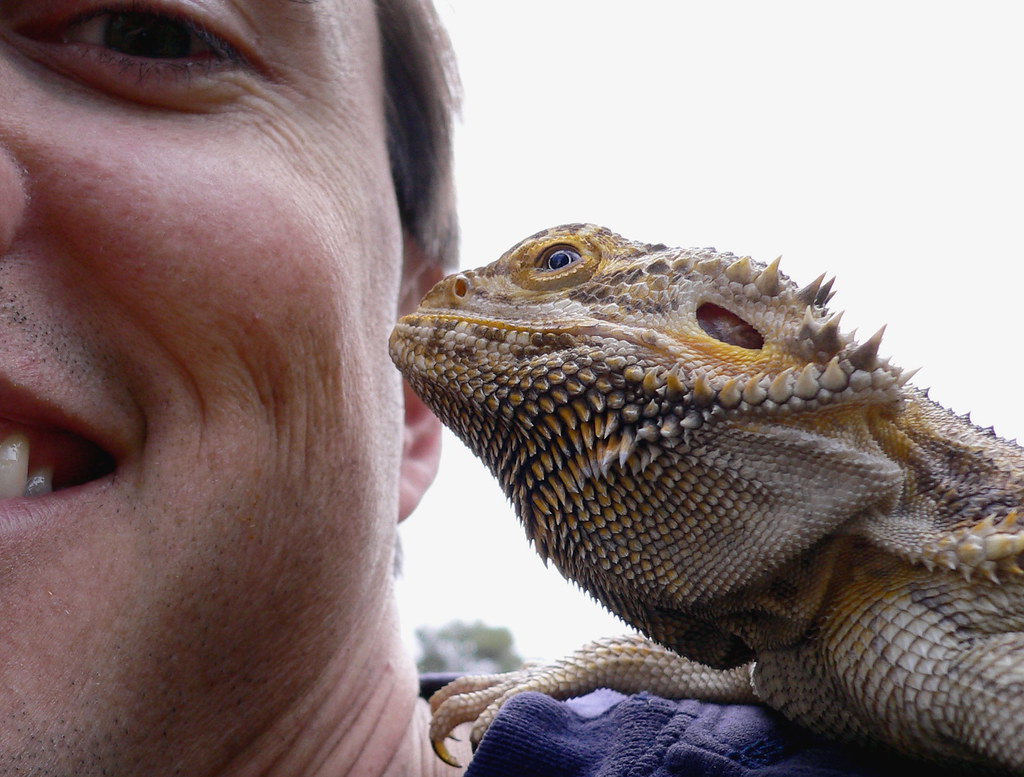
Despite the educational benefits, certain family situations may make lizard ownership inadvisable regardless of precautions. Households with immunocompromised individuals face elevated risks from potential Salmonella exposure that may outweigh the benefits of lizard companionship. Families with children under three years old might consider waiting, as very young children may not comprehend gentle handling requirements and have developing immune systems more vulnerable to zoonotic diseases. If family members demonstrate reptile phobias or persistent anxiety around the animals, forcing interaction can create negative experiences for both the person and the lizard. Families with extremely busy schedules or frequent extended travel may struggle to provide the consistent care and monitoring lizards require. In these situations, alternative pets with lower health risks or care requirements might be more appropriate, or families might consider postponing lizard ownership until circumstances change.
In conclusion, lizards can be safe, rewarding pets for families with children when appropriate species are selected and proper precautions are implemented. The key to successful lizard ownership lies in thorough research, realistic expectations, and consistent application of safety protocols. By understanding the unique needs of these fascinating reptiles and teaching children respectful interaction, families can enjoy the educational benefits while minimizing health and safety risks. Rather than making a spontaneous decision, take time to visit reptile exhibitions, speak with experienced keepers, and consider whether your family is truly prepared for the commitment before bringing a lizard home. With the right approach, a family lizard can inspire curiosity about the natural world and teach children valuable lessons about responsibility and animal care that last a lifetime.

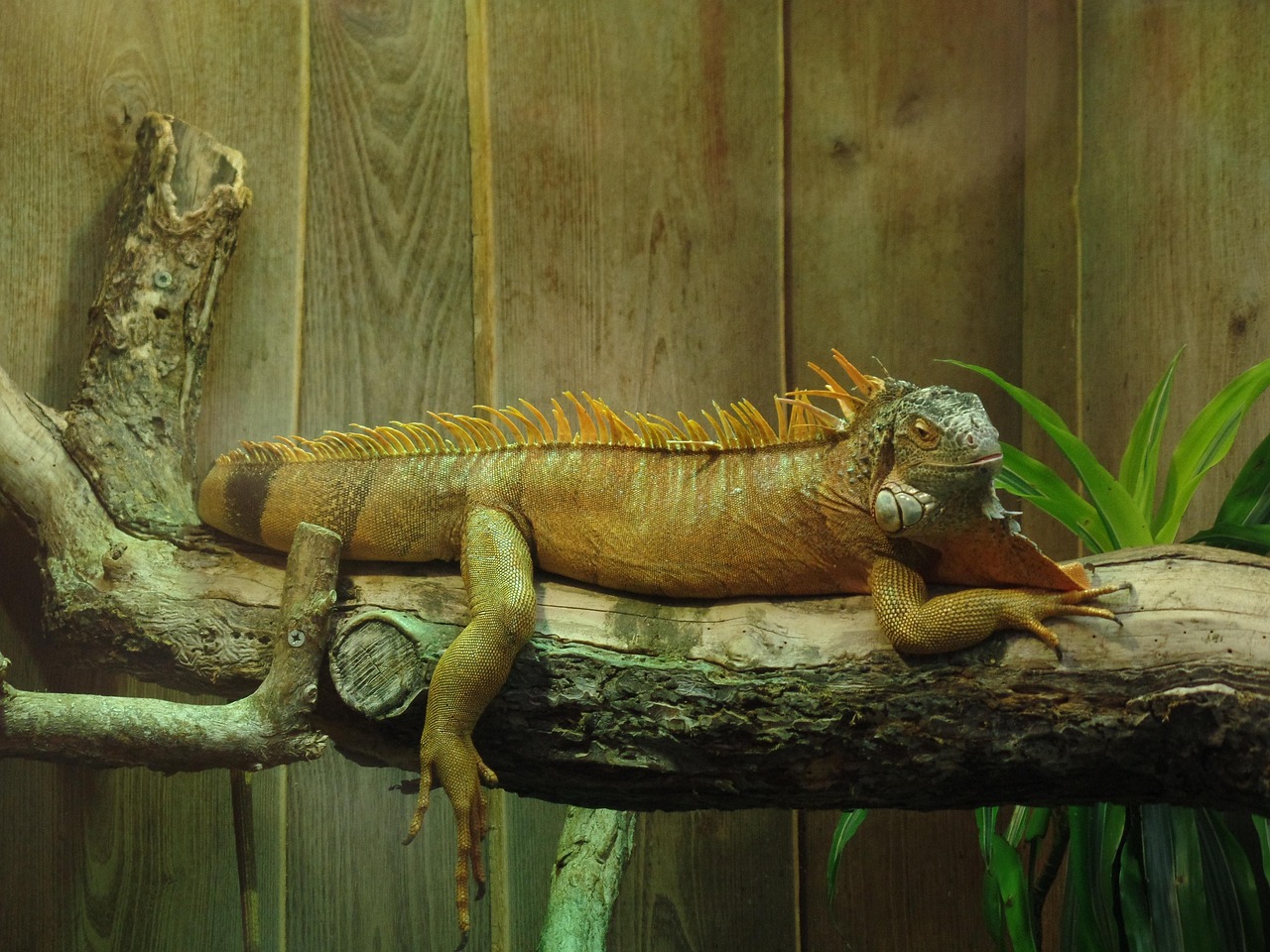
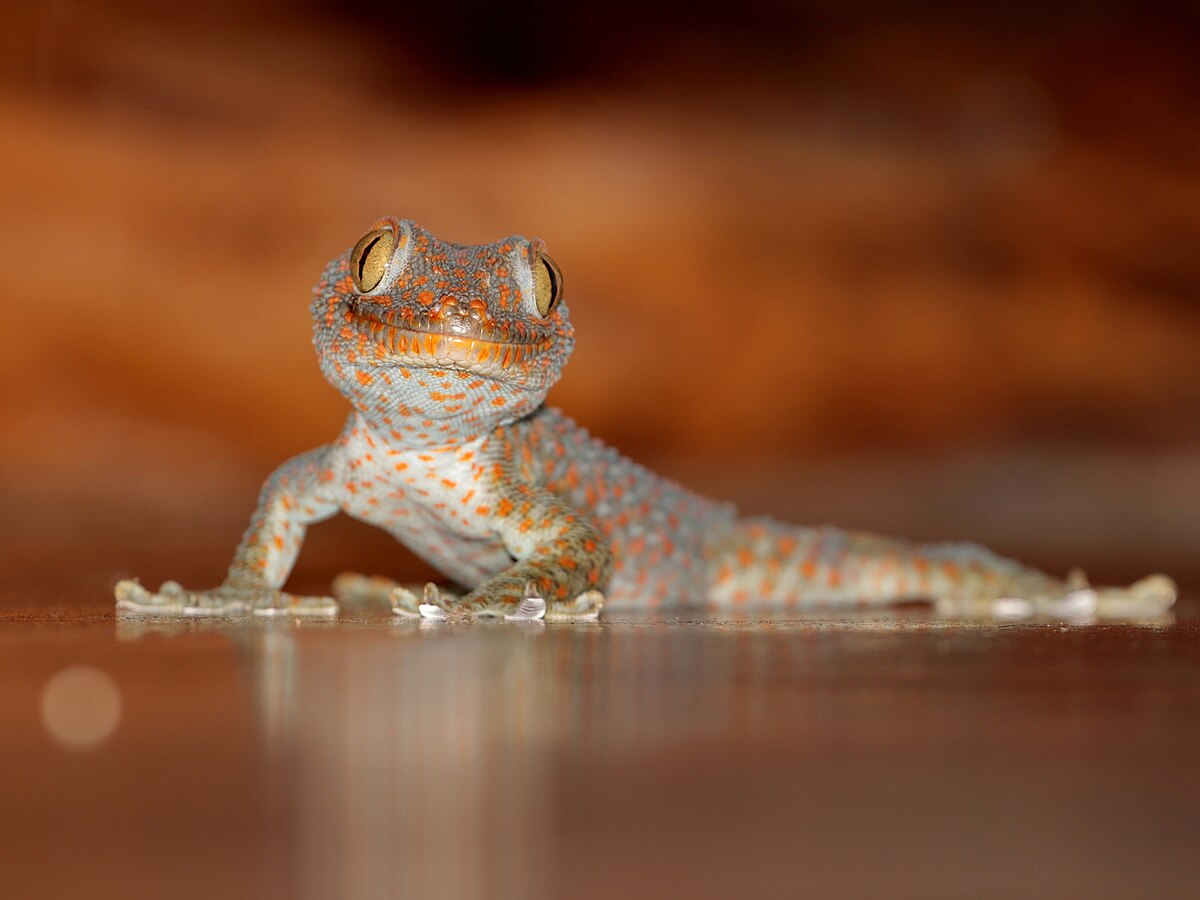

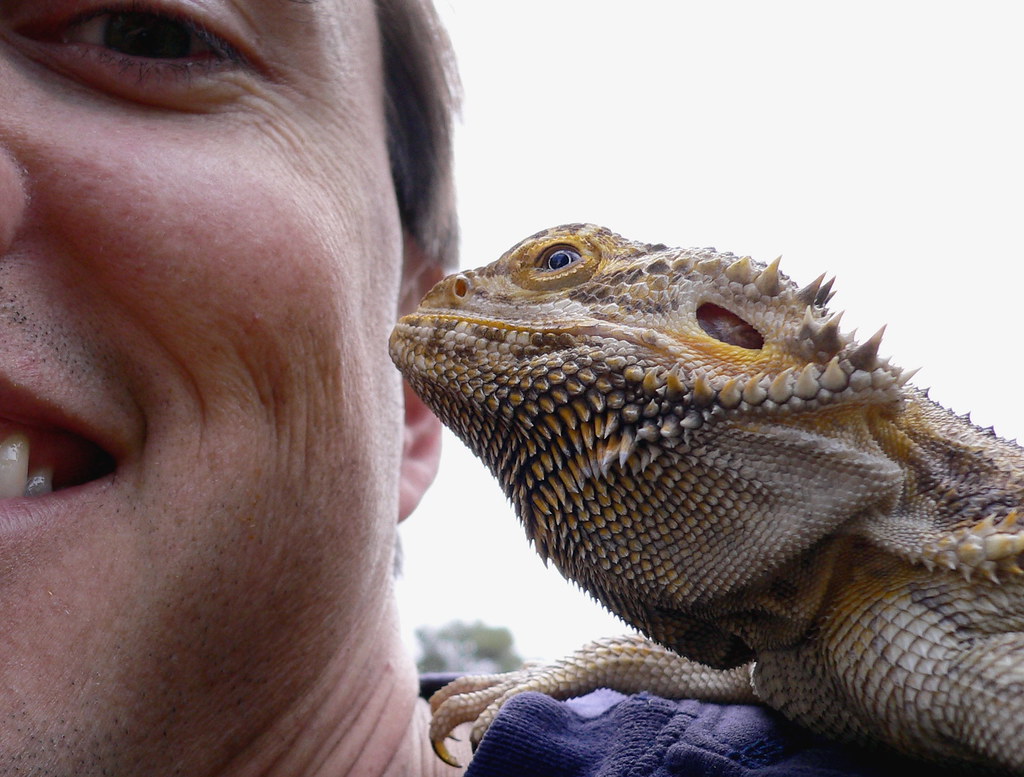

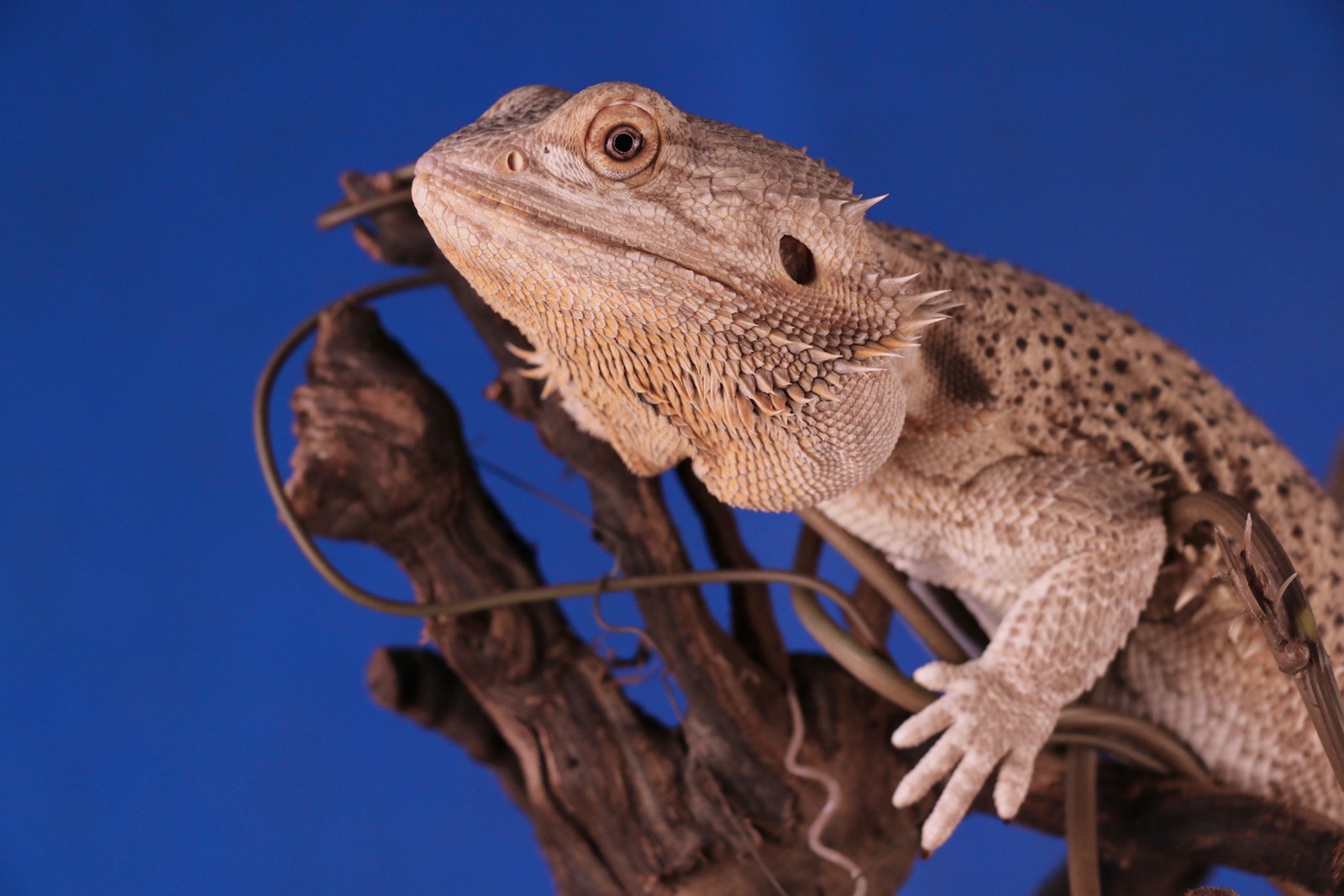
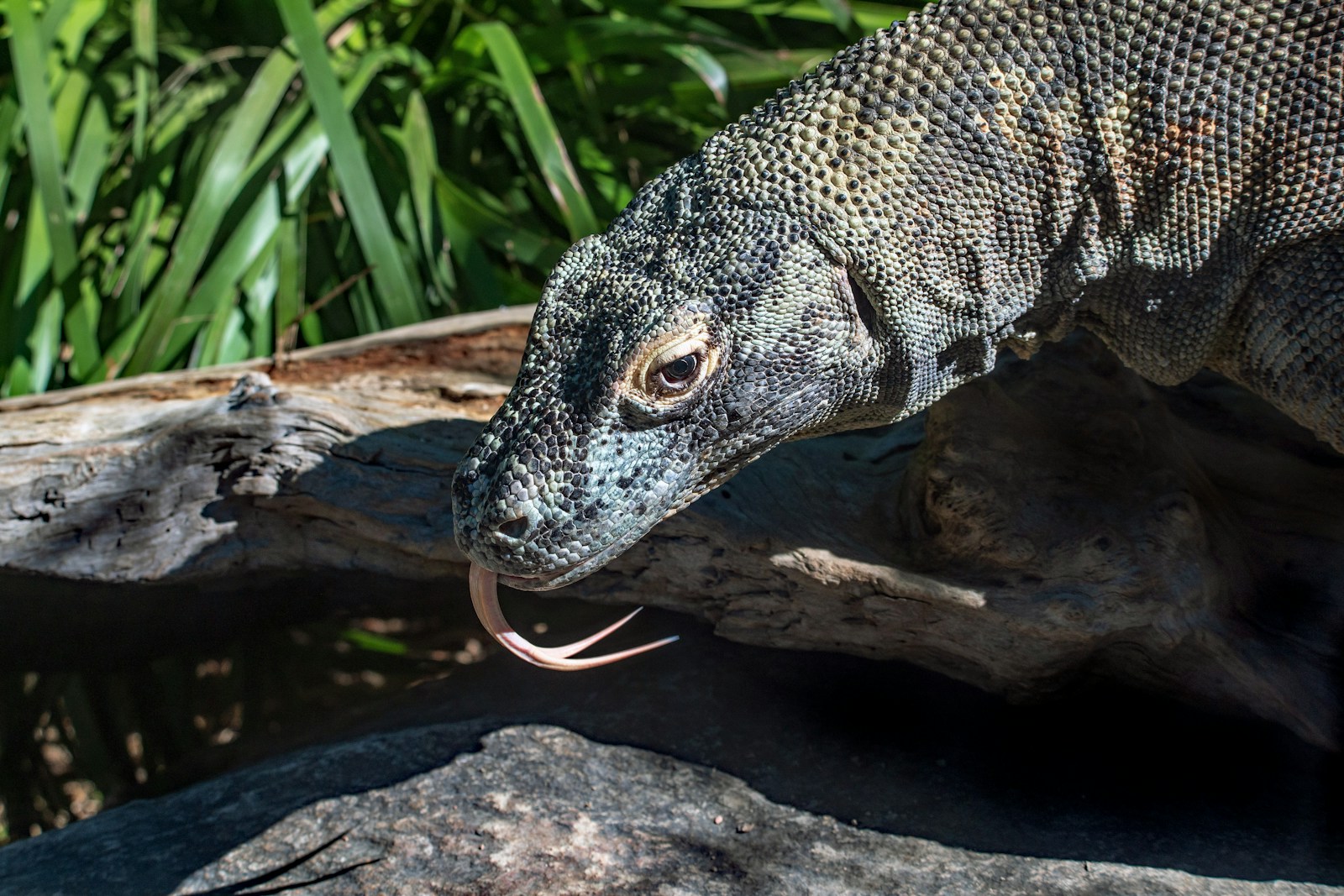
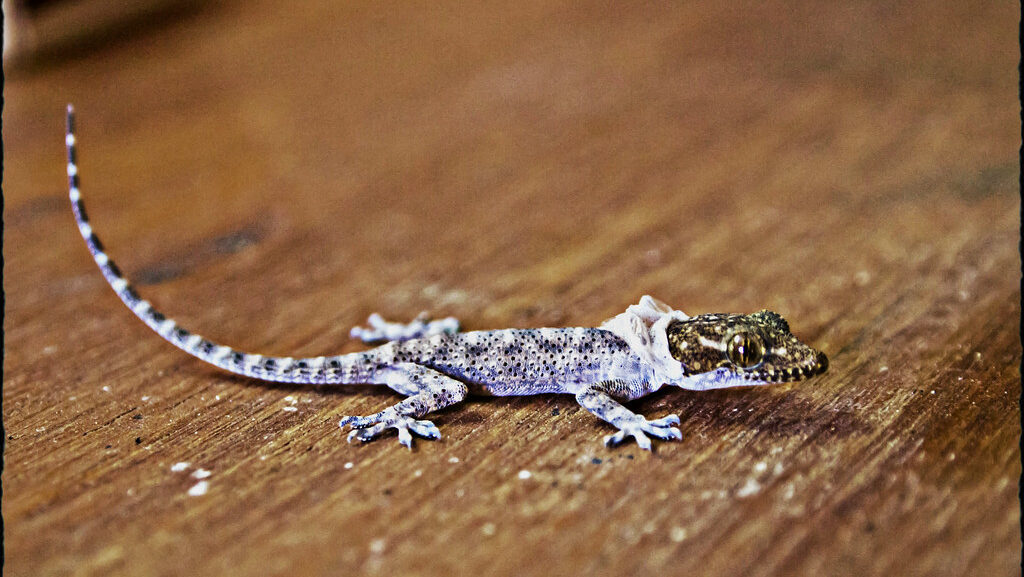
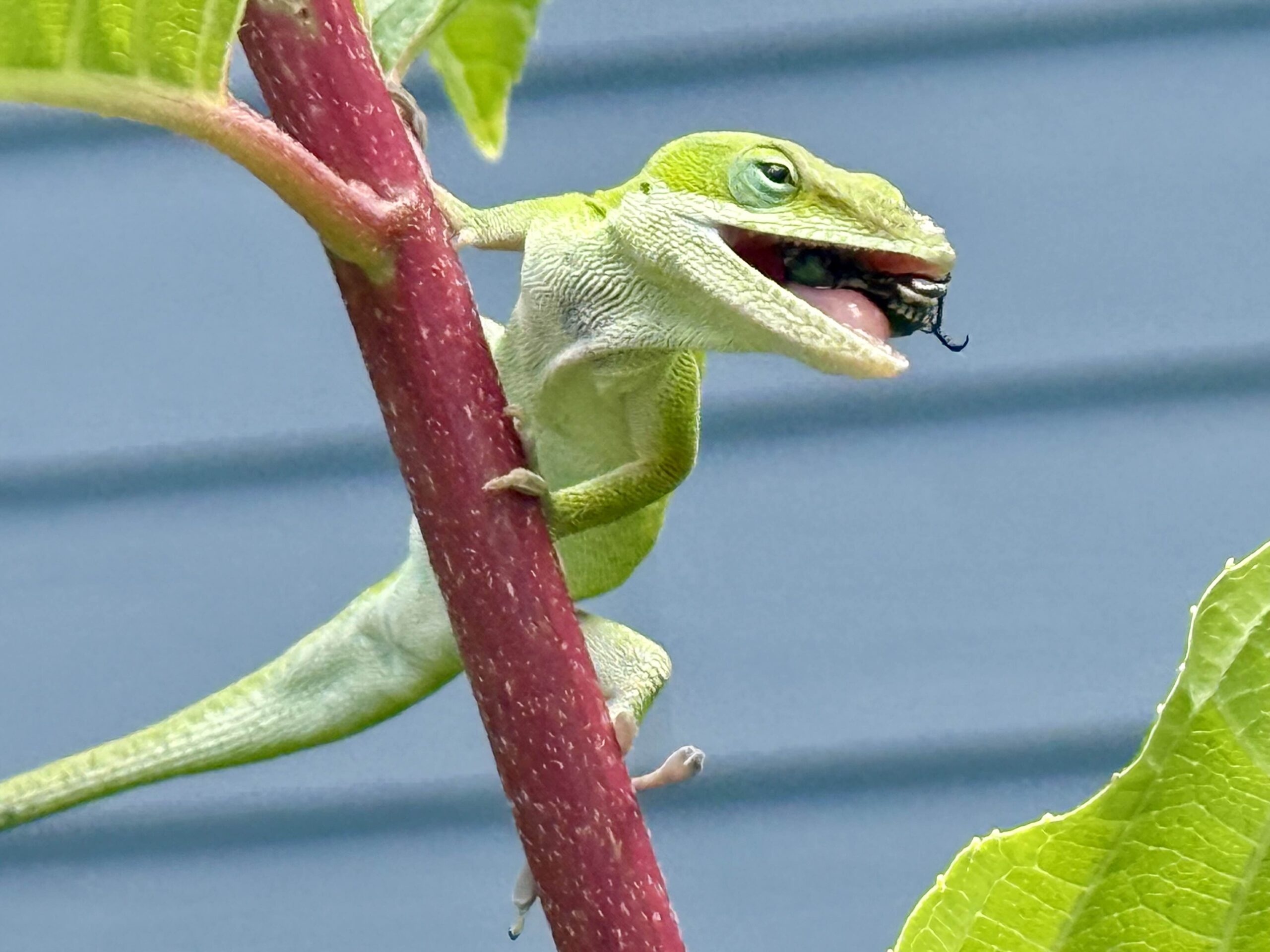
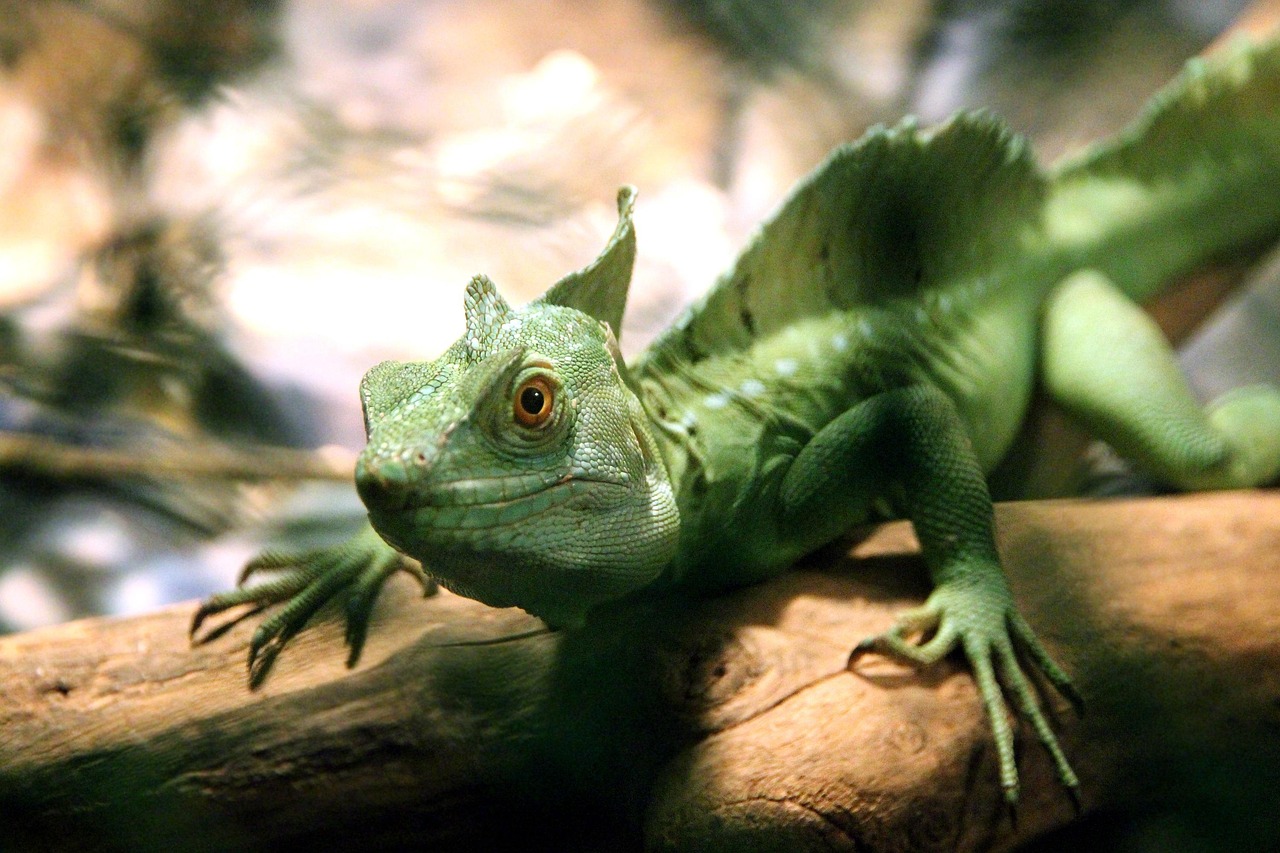
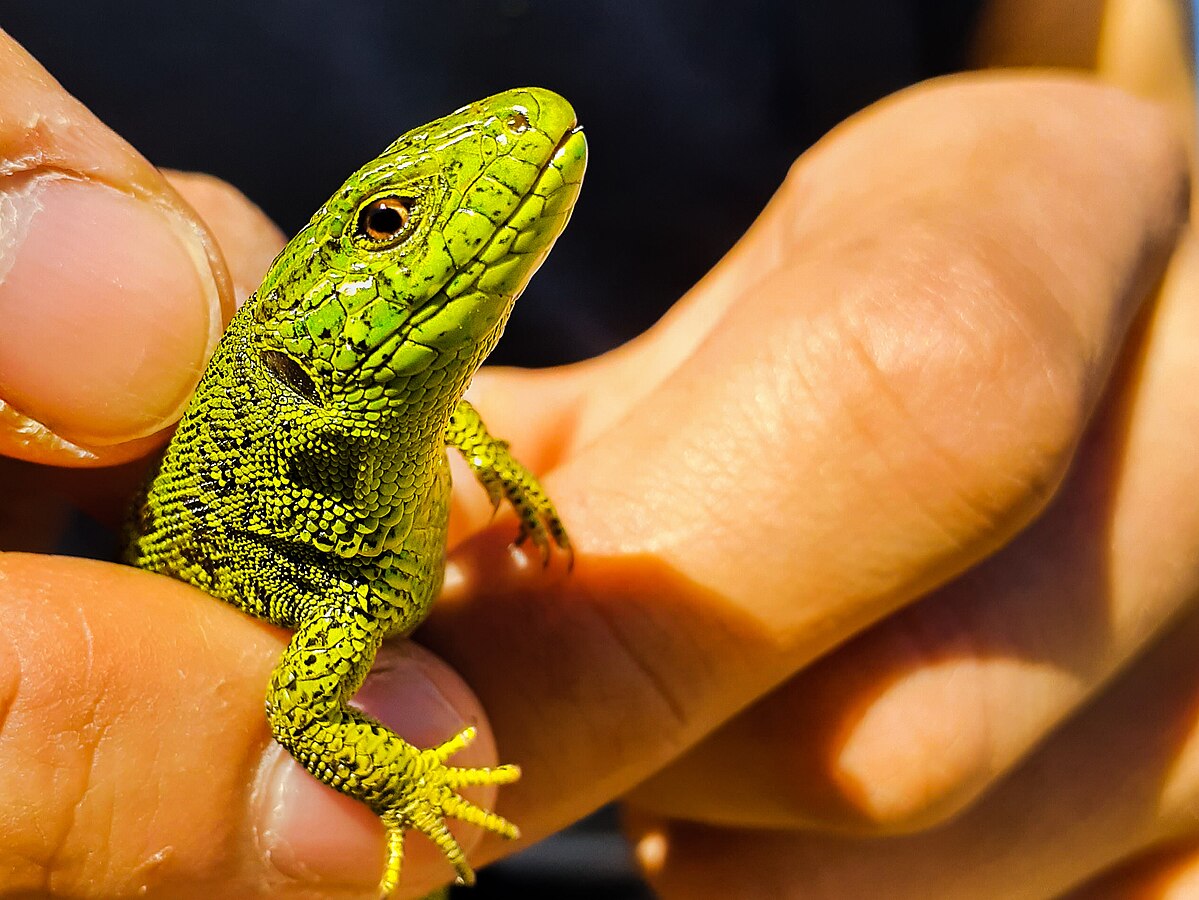
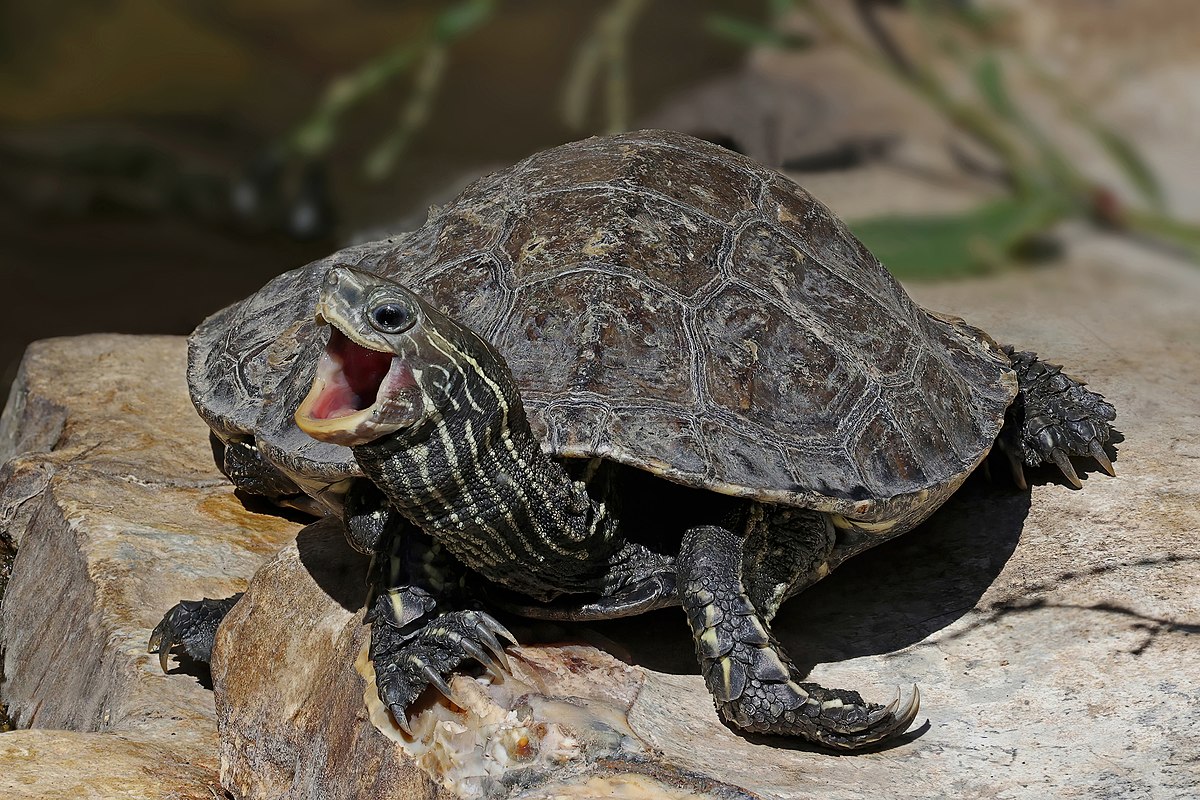
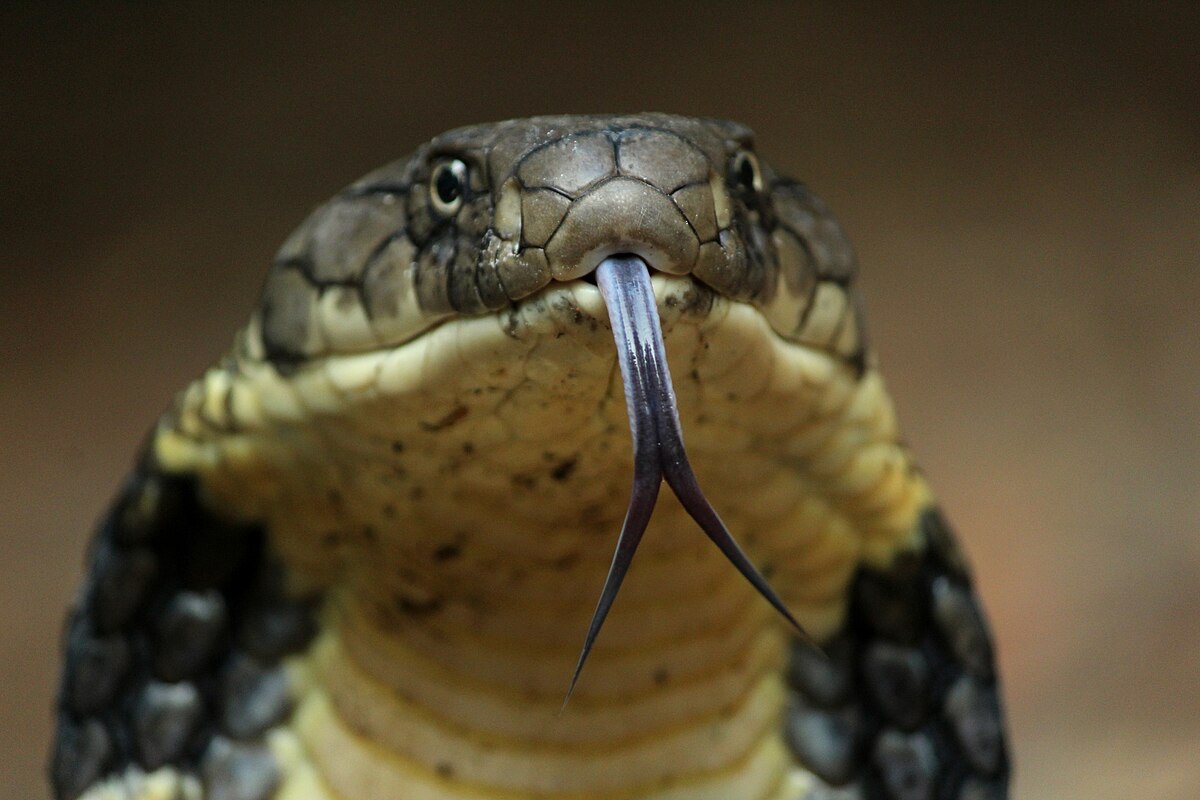
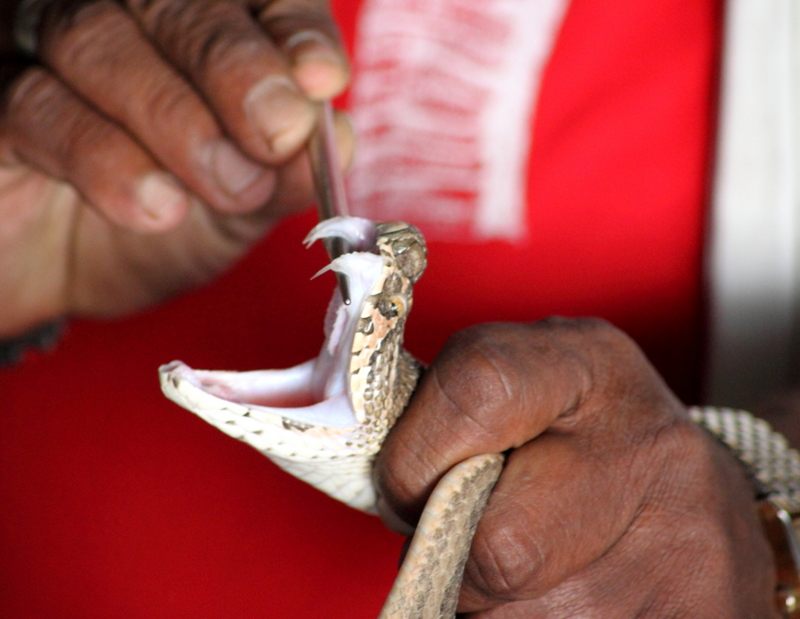
Leave a Reply